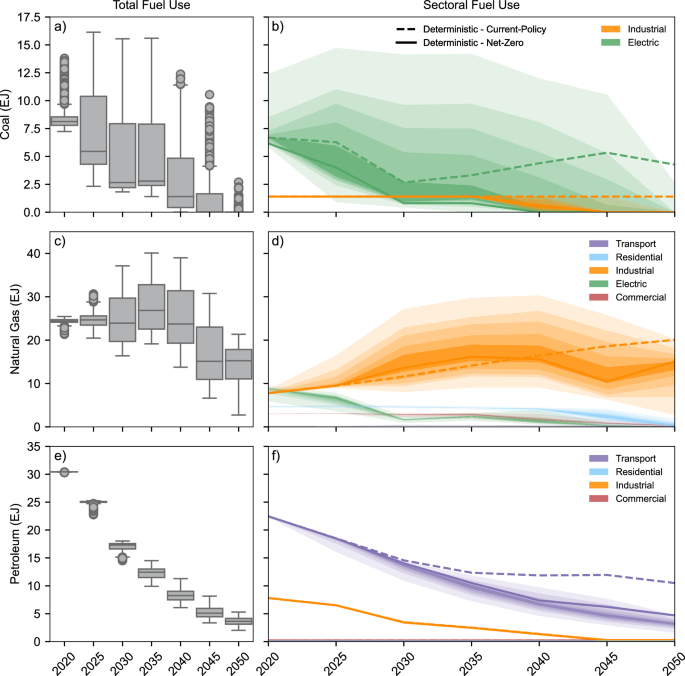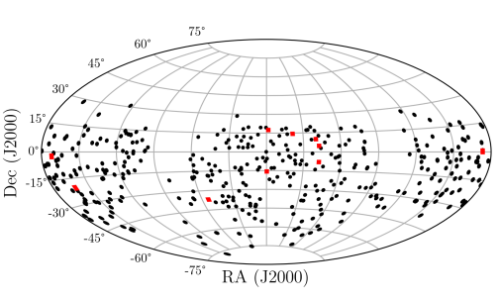2024-09-18 ノースカロライナ州立大学(NCState)
<関連情報>
- https://news.ncsu.edu/2024/09/cost-effective-ways-to-cut-greenhouse-gas/
- https://www.nature.com/articles/s41467-024-52433-z
ほぼコスト最適な未来における多様な脱炭素化経路 Diverse decarbonization pathways under near cost-optimal futures
Aditya Sinha,Aranya Venkatesh,Katherine Jordan,Cameron Wade,Hadi Eshraghi,Anderson R. de Queiroz,Paulina Jaramillo & Jeremiah X. Johnson
Nature Communications Published:17 September 2024
DOI:https://doi.org/10.1038/s41467-024-52433-z

Abstract
Energy system optimization models offer insights into energy and emissions futures through least-cost optimization. However, real-world energy systems often deviate from deterministic scenarios, necessitating rigorous uncertainty exploration in macro-energy system modeling. This study uses modeling techniques to generate diverse near cost-optimal net-zero CO2 pathways for the United States’ energy system. Our findings reveal consistent trends across these pathways, including rapid expansion of solar and wind power generation, substantial petroleum use reductions, near elimination of coal combustion, and increased end-use electrification. We also observe varying deployment levels for natural gas, hydrogen, direct air capture of CO2, and synthetic fuels. Notably, carbon-captured coal and synthetic fuels exhibit high adoption rates but only in select decarbonization pathways. By analyzing technology adoption correlations, we uncover interconnected technologies. These results demonstrate that diverse pathways for decarbonization exist at comparable system-level costs and provide insights into technology portfolios that enable near cost-optimal net-zero CO2 futures.



